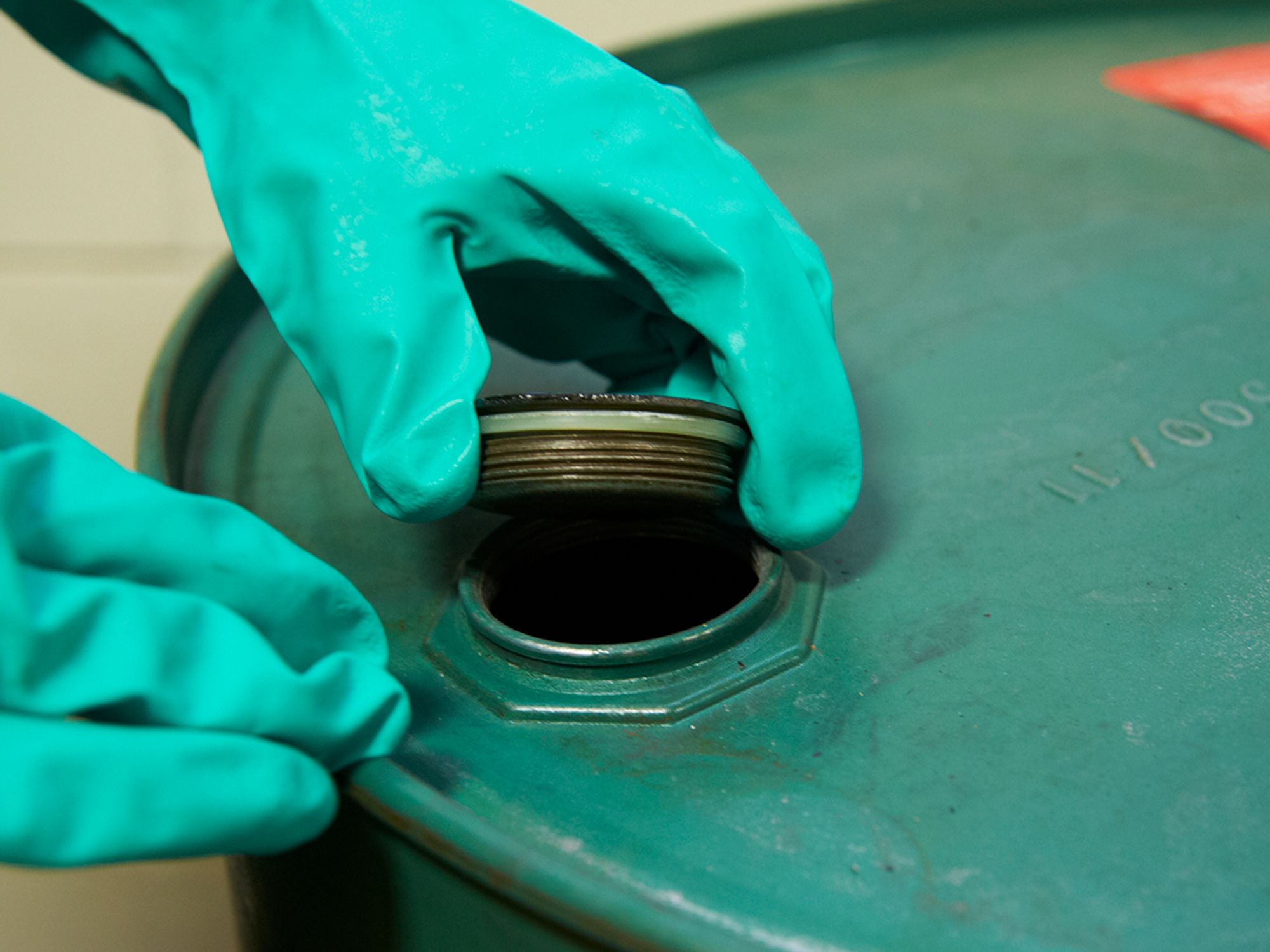Leakproofness test

- Before packaging intended to contain liquids can be used in transportation, it must pass the leakproofness test.
Using compressed air or other suitable gases, a company must perform a leakproofness test on all packagings intended to contain liquids. The packaging must pass the test — i.e., no air leaks from the packaging — before being used in transportation and before any reuse authorized under 173.28. Normally, three samples of each different packaging must be tested.
For design qualification and periodic testing, packagings must be tested with closures in place. For production testing, however, this is not necessary, and removable heads need not be installed, either. For testing with closures in place, vented closures must either be replaced by similar non-vented closures, or the vent must be sealed.
In testing, the packaging must be restrained under water while an internal air pressure is applied, and the method of restraint must not affect the results of the test. The test must be conducted, for other than production testing, for a minimum time of five minutes. Other methods, at least equally effective, may be used in accordance with Appendix B of Part 178.
An internal air pressure (gauge) must be applied to the packaging as indicated for the following packing groups:
- Packing Group I: Not less than 30 kPa (4psi).
- Packing Group II: Not less than 20 kPa (3psi).
- Packing Group III: Not less than 20 kPa (3psi).
Passing the test
A packaging passes the leakproofness test if there is no leakage of air from the packaging.
